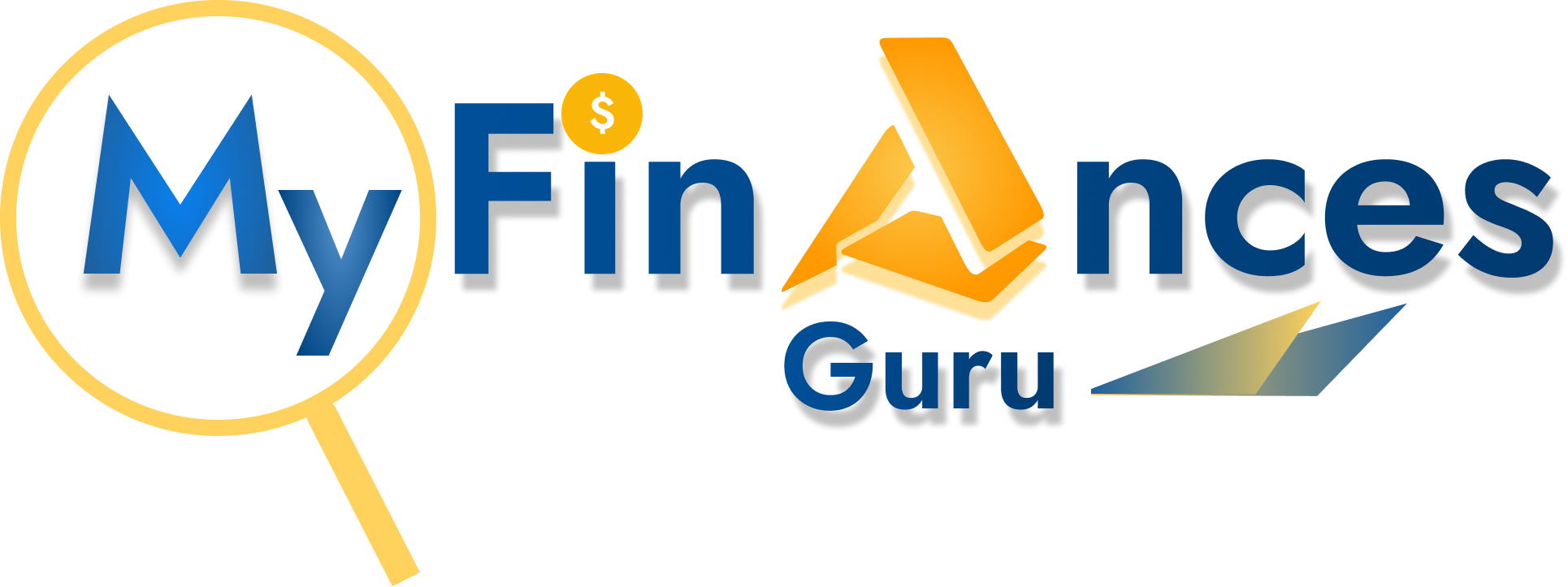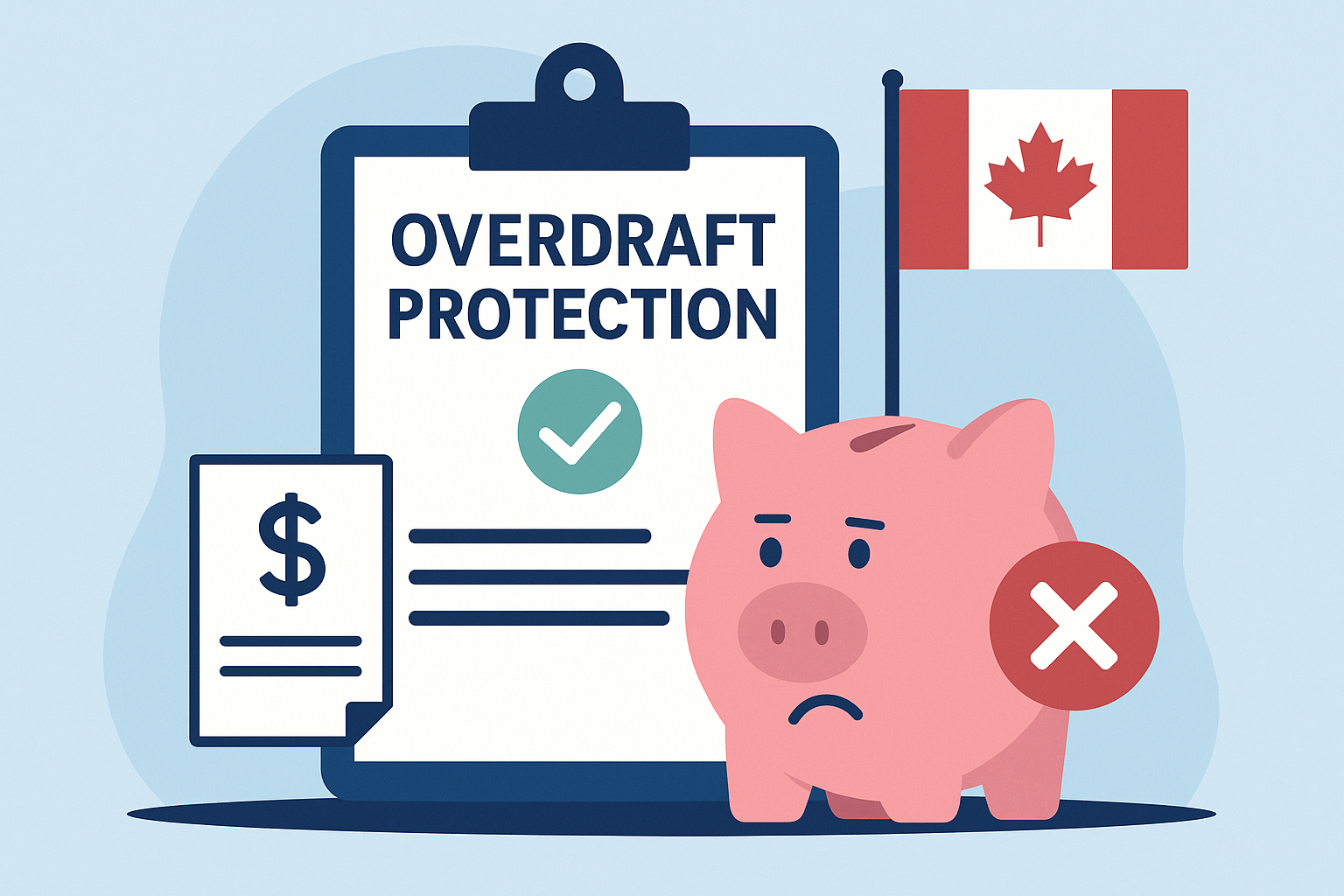If you’ve ever had a payment bounce or a transaction declined because your chequing account was short on funds, you know how frustrating it can be. That’s where overdraft protection comes in—but what if you have less-than-stellar credit? Can you still get overdraft protection with bad credit in Canada?
The short answer: sometimes, yes. It depends on the bank, the type of overdraft protection, and your relationship with the institution. In this guide, we’ll cover everything you need to know about qualifying for overdraft protection with bad credit in Canada—including tips, bank policies, credit score impact, and smart alternatives.
Understanding Overdraft Protection in Canada
Before diving into eligibility, let’s clarify what overdraft protection is. It’s a service offered by most banks in Canada that temporarily covers your account when it dips below zero. This helps prevent:
- Declined transactions
- Non-sufficient funds (NSF) fees
- Embarrassment at the point of sale
- Missed bill payments
There are three common types:
- Standard Overdraft Line of Credit: A pre-approved borrowing limit (e.g., $500) attached to your chequing account.
- Linked Credit Account Overdraft: Draws money from a linked credit card or line of credit.
- Overdraft Transfers from Savings: Automatically transfers funds from your savings to cover shortfalls.
Can You Get Overdraft Protection with Bad Credit in Canada?
This is one of the most frequently asked questions in personal banking. And the good news is: you can—under the right circumstances.
Although some banks conduct a credit check before approving overdraft protection, others focus more on your account activity, income consistency, and overall banking behaviour.
If you’re applying for overdraft protection with bad credit in Canada, here’s what can work in your favour:
- A history of regular payroll deposits
- No or minimal NSF charges on your current account
- A longstanding relationship with your bank
Bank Policies: Who Offers Overdraft Protection with Bad Credit in Canada?
Every bank has its own policies. Here’s a breakdown of how some of Canada’s most popular financial institutions approach overdraft for clients with poor credit:
➤ TD Canada Trust
- Offers basic overdraft protection starting at $100
- May approve lower limits without a credit check if account is in good standing
- Higher limits often require a soft credit pull
➤ Simplii Financial
- Offers overdraft up to $500
- Known for being more lenient with credit history
- A good choice if you’ve had minor credit issues
➤ Scotiabank
- Offers “Overdraft Protection Plan” with interest-based or flat-fee options
- Credit check required
- Easier approval with consistent income history
➤ Tangerine
- Offers up to $5,000 in overdraft
- Requires credit approval
- Not ideal if your score is below 600
➤ Credit Unions
- More community-focused and flexible
- Willing to consider factors beyond just your credit score
- Great for clients with steady income and local banking history
➤ KOHO
- Offers “Cover” feature (up to $50) without a credit check
- Works more like a safety net than a true overdraft
- Ideal for those rebuilding credit
As you can see, while not every bank offers overdraft protection with bad credit in Canada, there are still several options to explore.
Does Applying for Overdraft Affect Your Credit Score?
That depends on the bank and type of overdraft. Here are two key scenarios:
- If a hard credit check is required: Your score might dip slightly (5–10 points), but this is temporary.
- If approved overdraft goes unpaid: The account could be closed, sent to collections, and reported to credit bureaus—hurting your score.
The key to safely using overdraft protection with bad credit in Canada is to repay it quickly and avoid relying on it regularly.
Tips to Improve Your Chances of Approval
Here are strategies you can use to boost your odds of being approved:
- Start with a low-limit request ($100–$300)
- Avoid recent NSF charges on your current account
- Set up direct deposit of your paycheque
- Apply through a branch, not just online
- Request a manual review if denied
- Use credit union services, which can be more forgiving
Applying for overdraft protection with bad credit in Canada is more about showing stability than showing a high score.
Real Talk: Risks of Using Overdraft with Bad Credit
Even if you’re approved, using overdraft comes with serious risks. Be aware of:
- Daily interest charges (19–22% in many cases)
- Usage fees (typically $5 each time you go negative)
- Potential for account closure if abused
- Slipping into a debt cycle if not managed carefully
If you already struggle with budgeting, overdraft might mask deeper financial issues. Use it as a short-term buffer, not a long-term solution.
Smart Alternatives to Overdraft Protection
If you’re not approved or want to avoid high fees, try these:
1. Prepaid Cards
Options like KOHO, STACK, or Neo Money provide control without risk of overdraft.
2. Emergency Fund
A $200–$500 savings buffer can protect you from declined payments and NSF fees.
3. Credit Union Micro-Loans
Many credit unions offer small credit lines or payday loan alternatives.
4. Automatic Alerts & Budgeting Apps
Apps like YNAB or Mint help predict low balances so you can avoid the need for overdraft.
Real-World Example
Sam, a single parent in Alberta with a credit score of 580, applied for overdraft protection with bad credit in Canada through his Simplii account. He kept a regular deposit schedule from work and avoided NSF charges. After three months, he was approved for a $250 overdraft limit. He uses it occasionally and pays it back within days to avoid interest.
Sam’s story shows that with a little consistency, it’s still possible to access financial tools—even with damaged credit.
Overdraft vs. NSF Fees
Overdraft Protection:
- Prevents a declined payment
- Covers the shortfall temporarily
- Small fee and/or daily interest
NSF (Non-Sufficient Funds):
- Payment is declined
- $45+ fee per transaction
- Hurts your banking relationship
If you have bad credit, one or two NSF charges can ruin your chances of getting approved for overdraft. Prevention is key.
FAQs
1. Can I get overdraft with a credit score under 600?
Yes, but only at certain banks or credit unions. Start with low-limit requests.
2. Does overdraft protection always require a credit check?
No. Some forms, like KOHO Cover or linked savings, don’t require credit checks.
3. Can I build credit with overdraft protection?
Only if it’s linked to a credit line—and only if used and repaid responsibly.
4. Can I request overdraft in person instead of online?
Yes. A personal request at your local branch may give you better odds.
5. Is overdraft protection with bad credit in Canada a good idea?
It depends on how you use it. If used responsibly, it can be a safety net. If abused, it can worsen your financial situation.
6. What happens if I can’t repay overdraft?
The bank may close your account and send the balance to collections.
7. Is overdraft cheaper than payday loans?
Generally, yes. Overdraft interest is high but usually lower than payday loan APRs.
8. How do I cancel overdraft protection?
Contact your bank. They can remove it or reduce the limit at any time.
9. Will using overdraft hurt my credit if I repay it quickly?
Not usually. Short-term use with quick repayment has minimal impact.
10. Should I try a prepaid card instead of overdraft?
Yes, if you want to avoid risk and stay on budget.
Final Thoughts
Getting overdraft protection with bad credit in Canada isn’t easy—but it’s definitely possible. By focusing on good banking behaviour, choosing the right institutions, and applying strategically, you can improve your chances.
If approved, treat overdraft as a backup, not a budget strategy. And if you’re declined, don’t give up—there are many other tools to help manage your finances as you rebuild your credit.
Still unsure about your best option? Talk to a Canadian non-profit credit counselling agency. They can help assess your budget, your goals, and whether overdraft is the right fit for you.
Have experience using overdraft protection with bad credit in Canada? Share your story below and help others make informed financial choices.
What Happens If You Only Pay the Minimum on Your Credit Card Canada?


